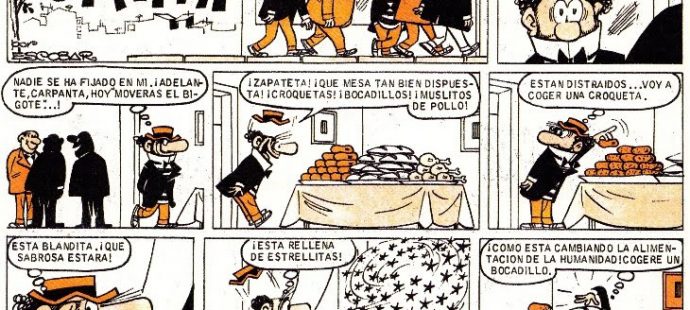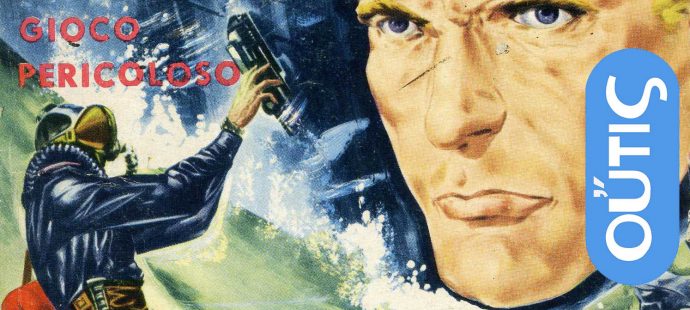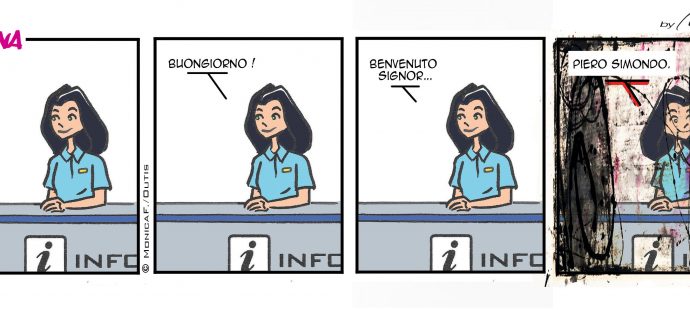
Guido Nolitta e “l’antenato” di Trampy
Guido Nolitta e “l’antenato” di Trampy Sergio Bonelli, nella sua identità di Guido Nolitta, in alcune interviste faceva risalire l’idea ispirativa del character Trampy a un vagabondo del fumetto del ...

Guido Nolitta e “l’antenato” di Trampy Sergio Bonelli, nella sua identità di Guido Nolitta, in alcune interviste faceva risalire l’idea ispirativa del character Trampy a un vagabondo del fumetto del ...

Fumetti italiani vintage: Spia n.13 L’Inafferrabile Testata: Spia n.13 L’Inafferrabile Anno: Aprile 1965 Editore: Immobiliare Franca s.r.l., Roma poi Europa Press Service (forse per l’ultimo albo il 13mo del 1967) Albi: 13 ...

Frank Tashlin Cartoonist. Born in Weehawken, New Jersey, Tashlin drifted from job to job after dropping out of high school in New Jersey at age 13. In 1930, he began ...

Xtina and Situationism art

A child who reads will be an adult who thinks